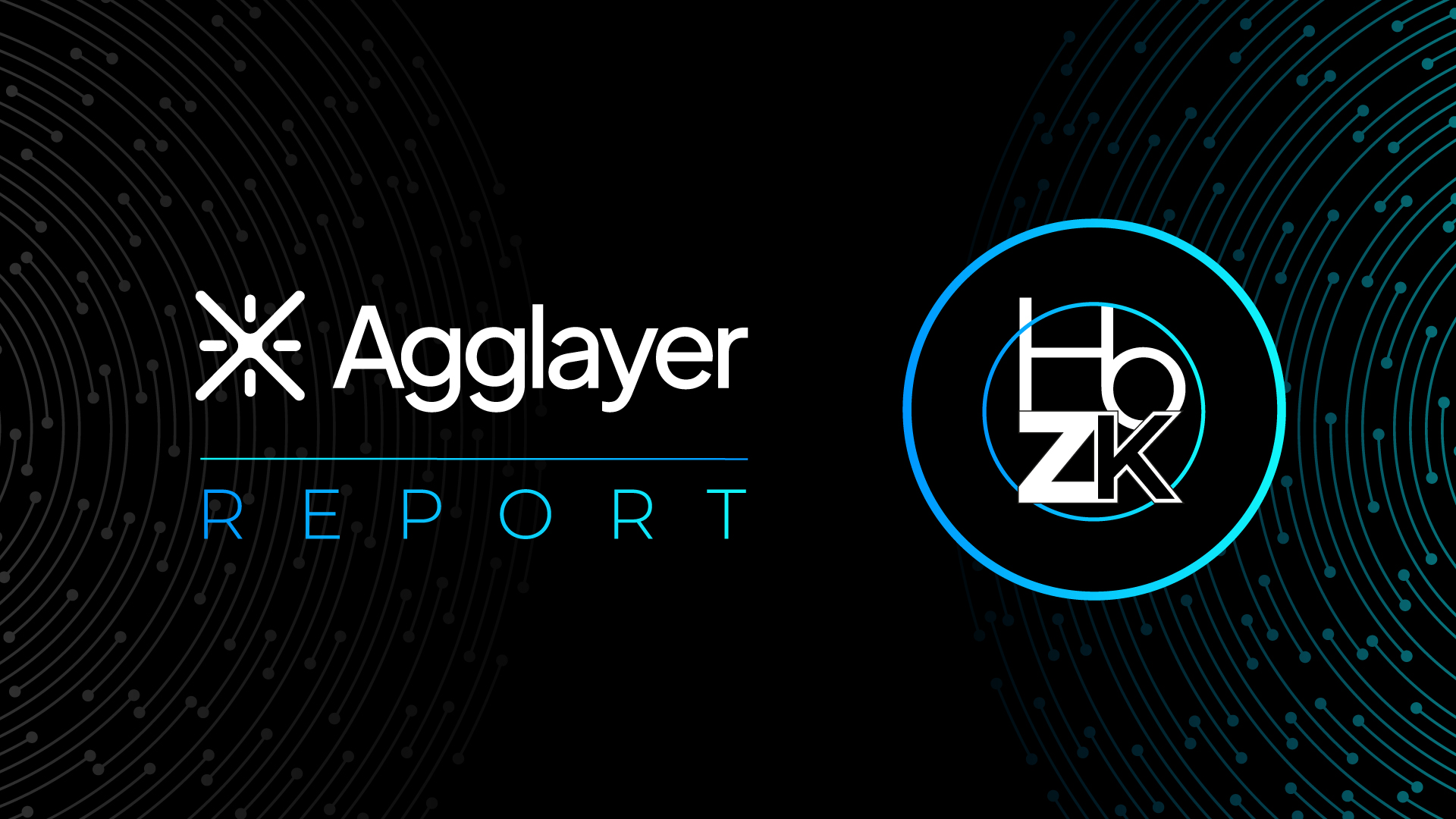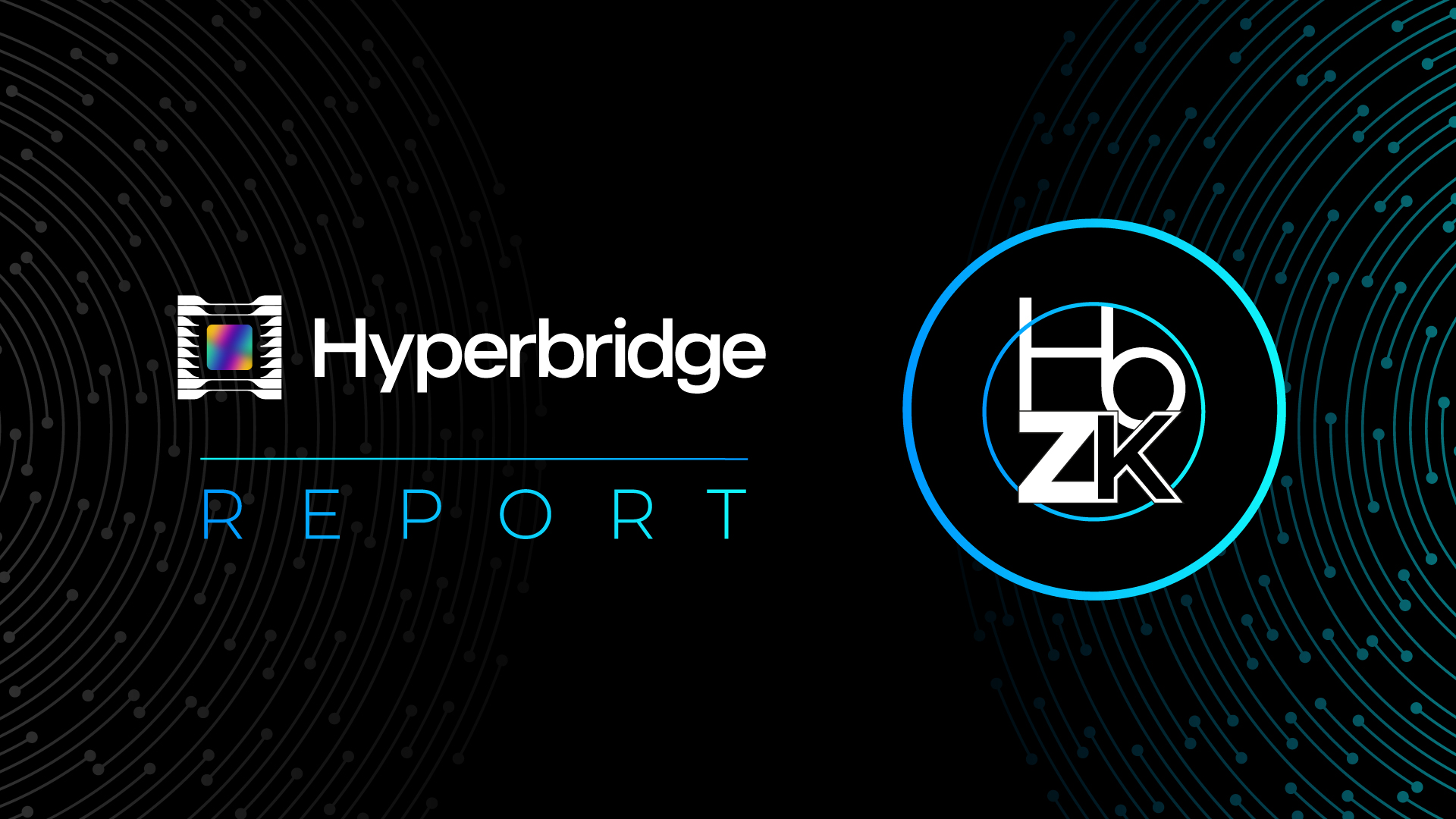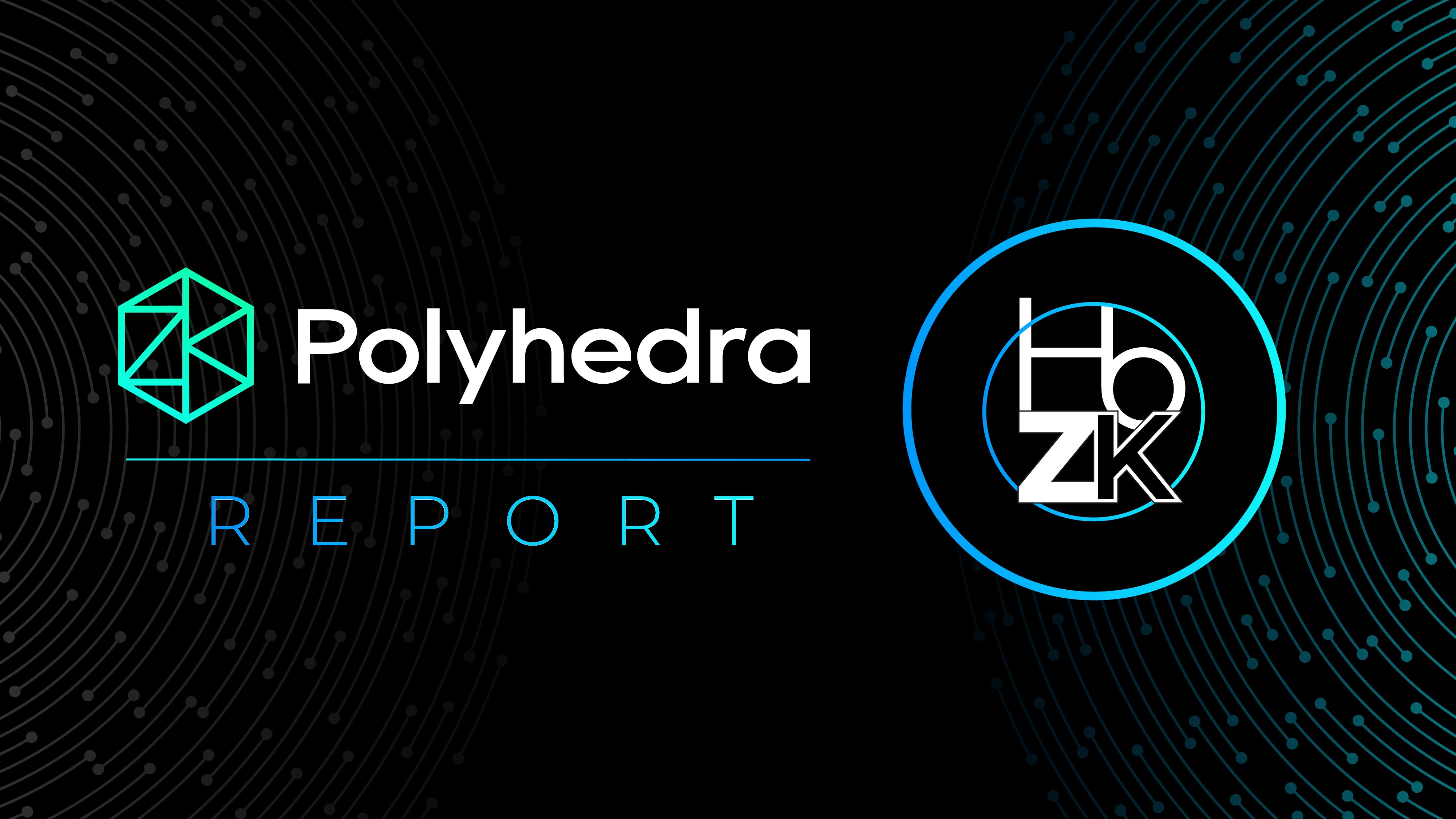
Here we report on the progress of the leading builders in the ZK Cross-Chain ecosystem, documenting recent significant releases, technical breakthroughs and general updates.
Featuring: @AcrossProtocol, @Agglayer, @EspressoSys, @hyperbridge, @PolyhedraZK, & @union_build.

Publications
@AcrossProtocol published two new articles that explore the rapid evolution of stablecoin infrastructure and how interoperability layers are becoming essential in a multichain financial world:
1. The first article breaks down the stablecoin bridge problem, showing how stablecoins dominate global onchain activity yet remain fragmented across chains, and explains how intent-based routing and native burn-and-mint networks are converging into a unified experience that Across coordinates with fast, cheap, and secure transfers: https://across.to/blog/stablecoin-bridge
2. The second article examines the rise of stablechains like @Plasma, @arc, and @tempo, describing how each network is purpose-built for stablecoin payments and showing why seamless interoperability between them is critical - ultimately highlighting Across as the unifying layer that keeps stablecoin liquidity fluid across all chains: https://across.to/blog/stablechains
Additionally, @kanishkkhurana wrote a piece highlighting how x402 is gaining attention as a payment-gated API standard enabling onchain micropayments across websites and services: https://x.com/kanishkkhurana/status/1985736807456391250

Identity
@Agglayer is working with @billions_ntwk to provide a portable, privacy-preserving identity layer for Web3: https://agglayer.dev/blogs/what-is-billions-network-and-how-will-it-impact-an-aggregated-web3
Billions, a mobile-first ZK verification network for humans and AI agents, has already verified more than 2 million users. Built on the open-source @PrivadoID stack, it lets people prove uniqueness without sharing personal data.
Integrated with Agglayer, these credentials can move across chains, reducing fragmentation, limiting Sybil attacks, and supporting trusted AI activity, with added incentives through the Agglayer Breakout Program.
Publications
Agglayer shared an article covering how CDK Enterprise helps private blockchains reduce rising costs, simplify operations, and avoid isolation from broader ecosystems: https://x.com/Agglayer/status/1988976219413475687
The platform keeps data private while posting public proofs, supports standard identity systems, and includes governance controls that match existing security practices.
It also offers three migration paths suited to different risk levels. When organizations choose, they can connect their chain to Agglayer for access to users, liquidity, and partners without rebuilding infrastructure.

@EspressoSys published an article highlighting how slow payments, extra fees, and incompatible platforms reveal a fragmented financial system:https://x.com/EspressoSys/status/1983895112288485465
The piece notes that money still moves far slower than information and that blockchain networks have repeated these old limits. It goes on to outline a plan for unified finance with real-time interoperability, fast finality, and scalable infrastructure so assets can move seamlessly across chains from the start.

@hyperbridge has restarted DOT bridging after @Polkadot shifted key functions to the Asset Hub on Nov 4: https://blog.hyperbridge.network/hyperbridge-resumes-dot-bridging-following-polkadots-asset-hub-migration/
The migration streamlines Polkadot’s structure, easing congestion and lowering fees while improving support for stablecoins and cross-chain assets. Hyperbridge users should see faster and cheaper transfers.

@PolyhedraZK reported continued progress on Expander, noting improvements in FPGA acceleration:
Highlights:
• Engineers finalized the GF2-128 arithmetic pipeline, achieving stable 277 MHz operation on FPGA.
• End-to-end testing for the Keccak-based circuit reached roughly 75,000 to 77,000 proofs per second.
• The team said overall speed is limited by the Network-on-Chip bandwidth of about 250 MHz.
• Work has begun on using soft NoC resources to ease congestion and support higher sustained frequencies.

@union_build developers explained how the project is reworking its indexing system to better process onchain data for apps: https://x.com/union_build/status/1985796156035907728
Early indexing relied on a centralized tool called Hubble that gathered data from about 20 chains and served it through one database. As usage expanded, the setup became too limited.
Union is now moving toward a decentralized, modular indexing model designed to scale across more chains, avoid single points of failure, and support growing demand.